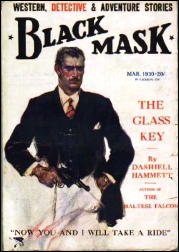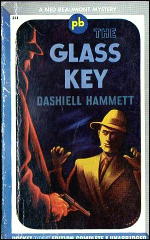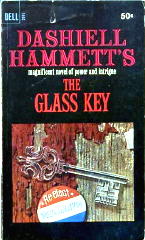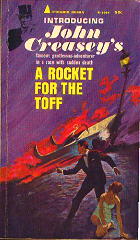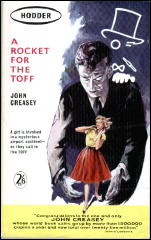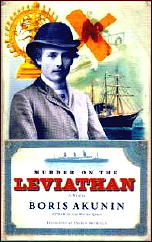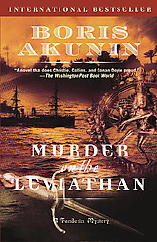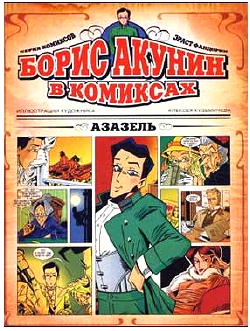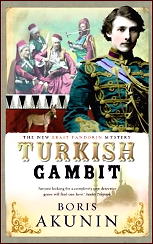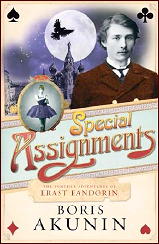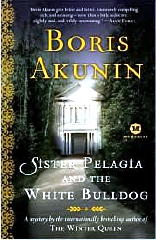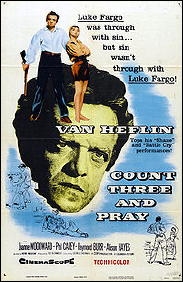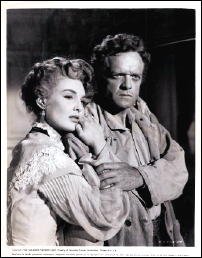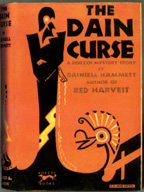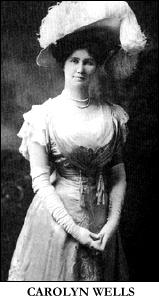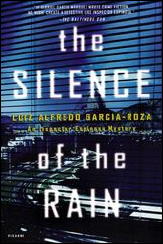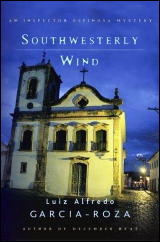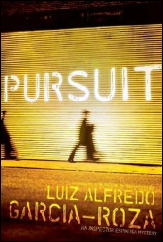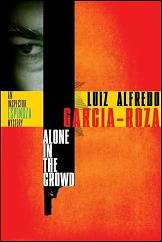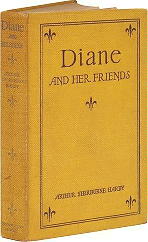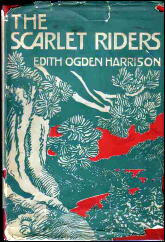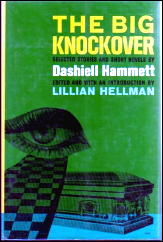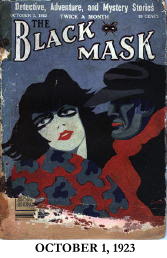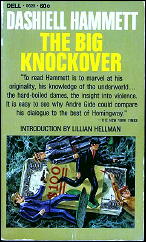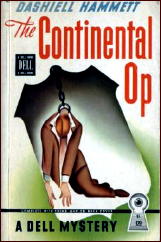Sun 20 Sep 2009
A 1001 MIDNIGHTS review: DASHIELL HAMMETT – The Maltese Falcon.
Posted by Steve under 1001 Midnights , Pulp Fiction , Reviews[6] Comments
by Bill Pronzini:
DASHIELL HAMMETT – The Maltese Falcon. Alfred A. Knopf, hardcover, 1929. Serialized in Black Mask magazine, September 1929 through January 1930. Reprinted many times, in both hardcover and soft, including Pocket #268, July 1944; 8th printing, October 1945, with dust jacket (both shown). Film: Warner Bros., 1931; also released as Dangerous Female. Also: Warner Bros., 1936, as Satan Met a Lady. Also: Warner Bros., 1941.
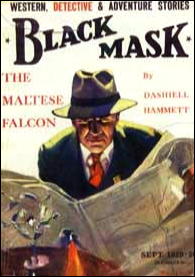
The Maltese Falcon is the prototype hard-boiled private-eye novel, the finest ever written. It is also the most famous of all American detective stories, thanks in no small part to John Huston’s definitive 1941 screen version.
Huston remained remarkably faithful to the novel, using most of Hammett’s original dialogue; and his casting was superb: Humphrey Bogart as Sam Spade; Mary Astor as Brigid 0’Shaughnessy; Sydney Greenstreet as Caspar Gutman; Peter Lorre as Joel Cairo; and Elisha Cook, Jr., as the little gunsel, Wilmer.
(An interesting footnote is that Wamer Brothers originally wanted either Edward G. Robinson or George Raft for the lead role; it was only after both of those actors turned it down that Bogart — Huston’s choice from the first — was selected. The thought of either Robinson or Raft, fine actors though they were, portraying Spade is mind-boggling.)
Sam Spade is likewise the quintessential tough detective. Other writers have altered his image, refined it; but the fact remains that without Spade, there would have been no Philip Marlowe, no Lew Archer, no uniquely American subgenre of detective fiction that has so captured the imaginations of millions that it has been elevated to the status of myth.

Spade himself is a mythical figure, of course, owing in part to the fact that he is both enigmatic and misunderstood. Otherwise a Hammett admirer, Somerset Maugham called Spade “a nasty bit of goods … an unscrupulous rogue and heartless crook,” and said that “there is little to choose between him and the criminals he is dealing with.”
Maugham missed the point completely. Spade is indeed a nasty bit of goods, an unscrupulous rogue and heartless crook — on the surface. That is his public persona, one he wears like a suit of old clothes or the gun he sometimes needs to carry.
As he says to Brigid at the end of both novel and film, words identical in both: “Don’t be too sure I’m as crooked as I’m supposed to be. That kind of reputation might be good business — bringing in high-priced jobs and making it easier to deal with the enemy.”
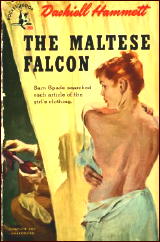
Spade is hardly a saint; but in his own way, and despite his affair with his partner’s wife, about which much has been made, he is an exceedingly moral man.
Similarly, don’t be too sure The Maltese Falcon is everything it seems to be on the surface. It is hard-boiled, yes. Uncompromising, yes. Grim and brutal and even nasty in places, yes. But in its own way, it, too, is exceedingly moral.
The plot of Falcon is familiar to nearly every detective story fan and film buff. Briefly, Spade is visited by a woman calling herself Miss Wonderly; she tells him her sister ran away from New York with a man named Floyd Thursby, that the three have a date that night, and that she wants Spade to rescue the sister.
Enter Miles Archer, Spade’s partner, who says he’ll attend to the job himself. Which he does, but not very well: He gets himself shot to death in a back alley. Also shot that foggy San Francisco night is Floyd Thursby, in front of his hotel.
Spade tracks down Miss Wonderly (in reality Brigid O’Shaughnessy); she tells him a different story and begs for his help, and he agrees.
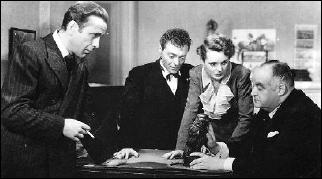
Enter Joel Cairo, who puts a gun on Spade in Spade’s office and first mentions “the black figure of a bird.”
Enter Caspar Gutman, who eventually explains that the figure is “a glorious golden falcon encrusted from head to foot with the finest jewels,” a gift to Emperor Charles V from the Order of the Hospital of St. John of Jerusalem, crusaders who persuaded the emperor to give them the islands of Malta, Gozo, and Tripoli in 1530.
While en route to Spain, the falcon was stolen by the pirate Barbarossa, and over the centuries it passed through various private hands, two of those hands being Gutman’ s — almost.
He has spent seventeen years tracking down the black bird, almost got it in Paris, almost got it in Constantinople: wants it desperately. So do Joel Cairo and Brigid O’Shaughnessy, both of whom were confederates of Gutman’s at one time and both of whom have tried to double-cross him to get it for themselves.
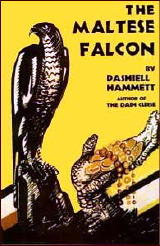
Another murder and more double-dealing lead to a grand finale in Spade’s flat with all the principals present — including the falcon, which has just arrived via the ship La Paloma from Hong Kong. Or has it? The confrontation between Spade and the murderer of Miles Archer remains one of the most powerful in all of crime fiction.
The Maltese Falcon is hardly a perfect novel; such is a rara avis indeed, almost as rare as the Maltese falcon itself. Spade’s affair with Iva Archer is never satisfactorily resolved. The character of Rhea Gutman, Gutman’s daughter, seems superfluous. (John Houston thought so, too: He excised her completely from his screen version.)
Bits and pieces don’t quite hang together or are fused by melodrama. But this is nitpicking, really. In all ways that matter, it is truly a classic work, summed up brilliantly by Houston in the last line of the film, when he had Bogart/Spade say that the Maltese falcon is “the stuff that dreams are made of.”
———
Reprinted with permission from 1001 Midnights, edited by Bill Pronzini & Marcia Muller and published by The Battered Silicon Dispatch Box, 2007. Copyright © 1986, 2007 by the Pronzini-Muller Family Trust.
